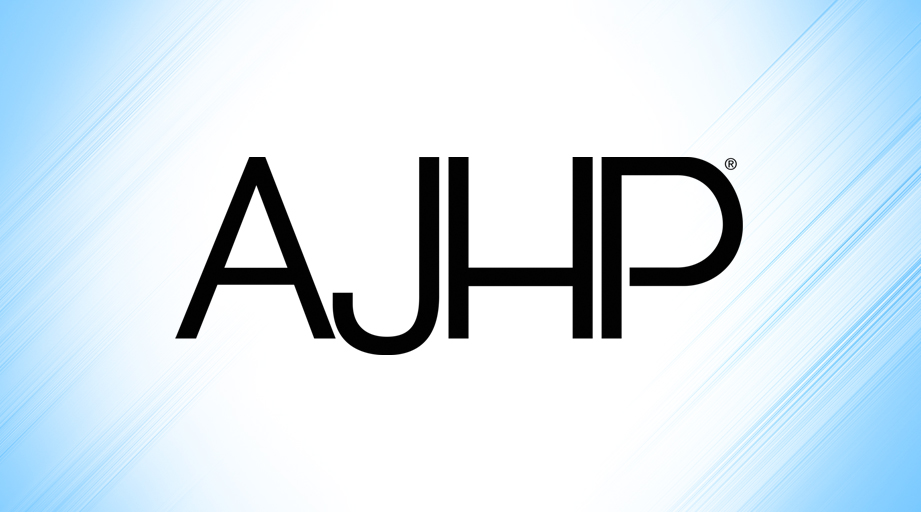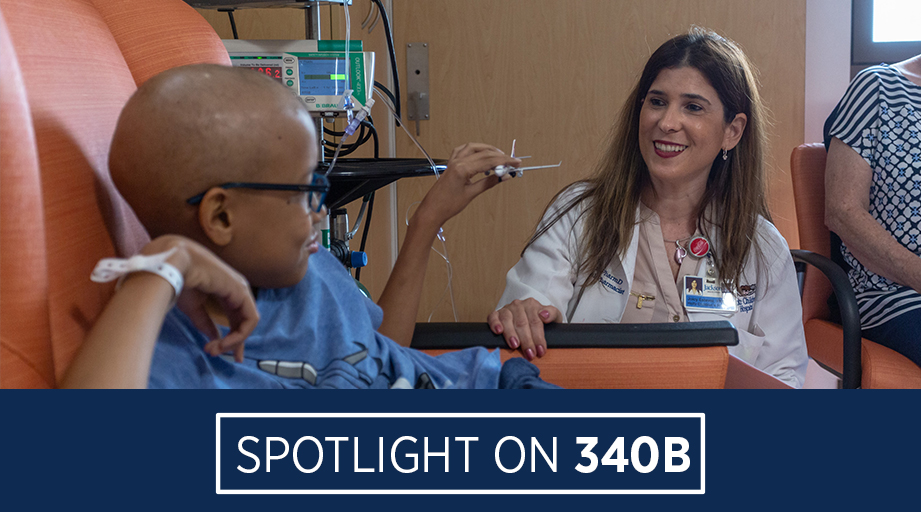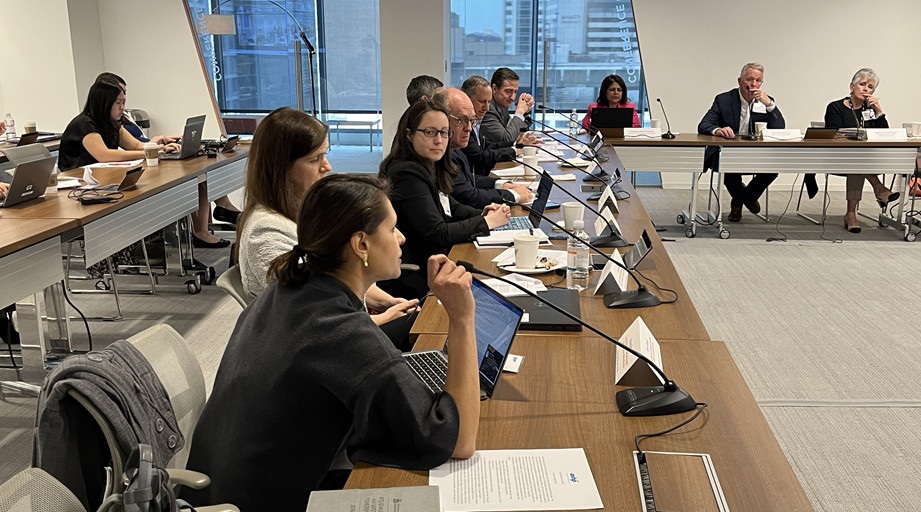
New federal regulations for the management of hazardous waste pharmaceuticals by healthcare facilities put an end to the practice of “sewering,” or disposing of the waste in the water supply, say officials from the Environmental Protection Agency (EPA).
“There’s no putting [hazardous waste pharmaceuticals] down the drain in any form. No flushing, no putting it down the sink,” said EPA Environmental Protection Specialist Kristin Fitzgerald during a February 14 informational webinar.
EPA estimates that the sewering provision will reduce by up to 2,300 tons the amount of hazardous waste that enters U.S. waterways each year.
The agency’s 135-page final rule, “Management Standards for Hazardous Waste Pharmaceuticals and Amendment to the P075 Listing for Nicotine,” was published in the February 22 Federal Register.
ASHP, in comments submitted when the rule was proposed in 2015, stated its support for the sewering provision.
“ASHP has been an advocate for safe disposal of hazardous pharmaceutical waste for decades,” said Michael Ganio, ASHP’s Director of Pharmacy Practice and Quality. “We were pleased to see many of our recommendations on the 2015 proposed rule were incorporated into this final rule.”
Ganio said a summary of the final rule’s provisions will be posted soon on ASHP’s website.
Fitzgerald emphasized that the sewering provision is effective six months after the publication date and applies to all U.S. healthcare facilities and reverse distributors.
Other provisions in the rule have different effective dates, some of which are related to state-level requirements for adopting hazardous waste management regulations.
According to EPA, the final rule was developed to streamline standards for the safe management of hazardous waste pharmaceuticals while reducing the burden and cost of compliance for healthcare facilities. Under the rule, pharmaceutical hazardous waste management at healthcare facilities is regulated under different provisions than those governing large-scale industrial generators of hazardous waste pharmaceuticals.
The final rule applies only to pharmaceuticals designated as hazardous under the Resource Conservation and Recovery Act.
Empty containers
The rule updates and clarifies EPA’s requirements for the handling of empty containers that once held hazardous pharmaceuticals. According to EPA, unit dose containers and stock bottles, dispensing bottles, vials, and ampules that originally held up to 10,000 “pills” or 1 L of material are considered empty when fully dispensed or administered.
An empty container that previously held hazardous pharmaceuticals is not considered hazardous waste as long as accepted practices for that type of container were used to remove its contents. This provision also applies to syringes and i.v. bags whose contents were fully administered to a patient.
Of note, triple rinsing of containers to remove hazardous waste residue is no longer required—or permitted—once the final rule is in effect. EPA stated that the rinsing of containers promotes sewering of hazardous waste residue, which is an unacceptable practice.
Partially dispensed containers that hold hazardous contents must be disposed of as noncreditable hazardous waste, according to the final rule.
Additional examples of noncreditable hazardous waste may include free product samples, investigational drugs, spillage, medications more than 1 year past their expiration date, medications that were repackaged for dispensing, products in damaged packaging, and dispensed medications refused by patients.
The concept of creditability applies, in general, to medications that have been dispensed and are no longer in their original packaging. Such manipulations affect whether a medication will be eligible for credit from the manufacturer or, for nonprescription products, whether they will be legitimately used, reused, or reclaimed.
The final rule permits healthcare facilities to accumulate noncreditable hazardous waste pharmaceuticals for up to 365 days. There is no time limit for the accumulation of potentially creditable hazardous waste pharmaceuticals.
Healthcare facilities are not required to complete a hazardous waste manifest or use a hazardous waste transporter when transferring potentially creditable hazardous waste pharmaceuticals to a reverse distributor.
Nicotine
Although EPA considers nicotine an acute hazardous waste, the final rule distinguishes between the management of prescription and nonprescription nicotine replacement products. Once the rule goes into effect, FDA-approved nonprescription nicotine replacement products, such as patches, gums, and lozenges, can be discarded as nonhazardous waste.
But liquid formulations of nicotine that are intended for use in electronic nicotine delivery systems, such as e-cigarettes, are considered hazardous waste, as are nicotine-containing pesticides and nicotine used for research and manufacturing activities.
EPA noted that states have the option to adopt regulations for the management of nicotine products that are more stringent than EPA’s requirements. Healthcare facilities are responsible for ensuring their compliance with state laws.
Training
The final rule requires healthcare facilities to implement performance-based training of staff who handle, generate, or manage hazardous waste pharmaceuticals.
According to the rule, the training should address the safe handling and emergency procedures appropriate to each employee’s responsibilities during normal facility operations and emergencies. EPA does not require that facilities document such training.
[This news story appears in the August 1, 2019, issue of AJHP.]









